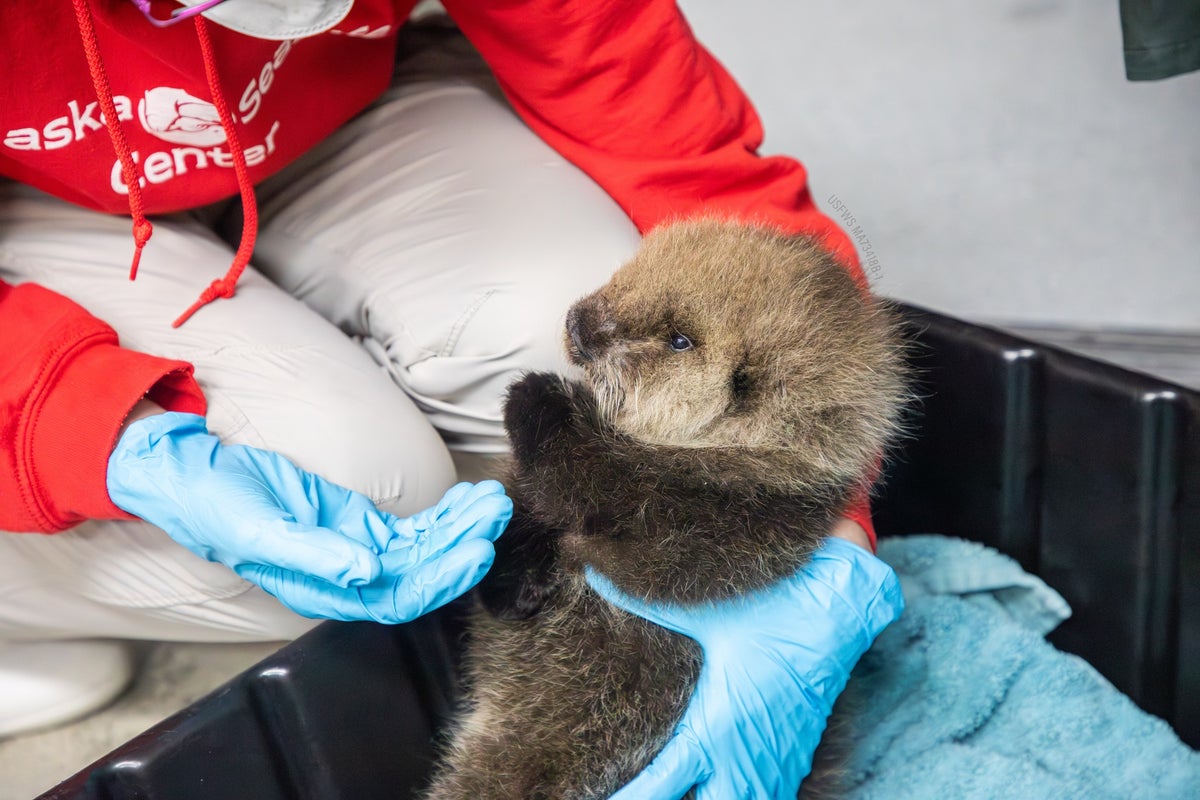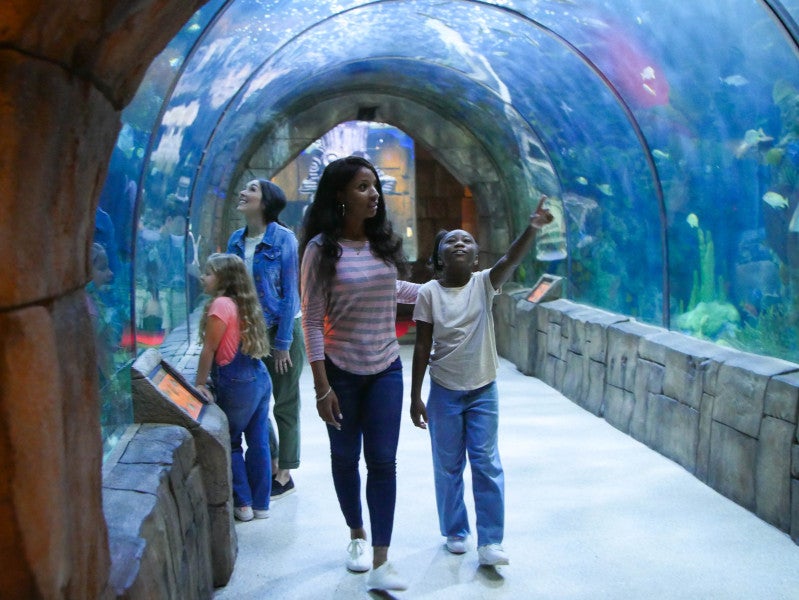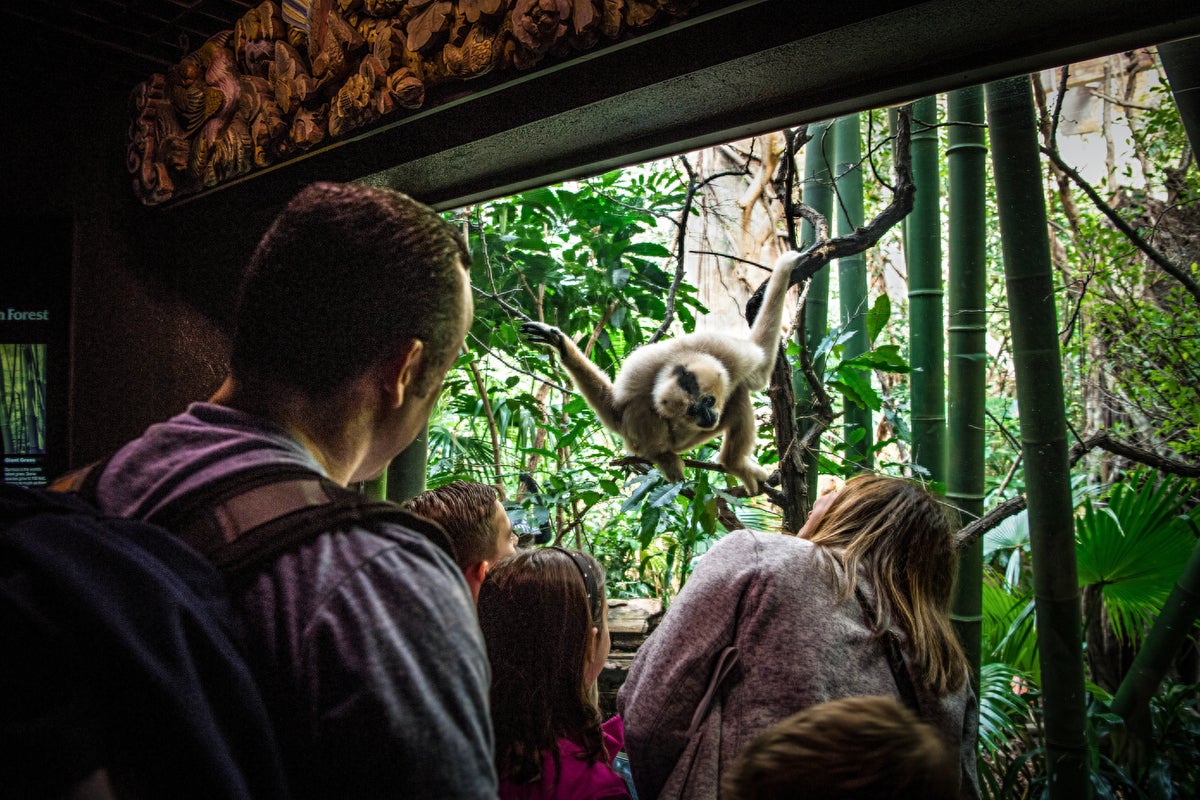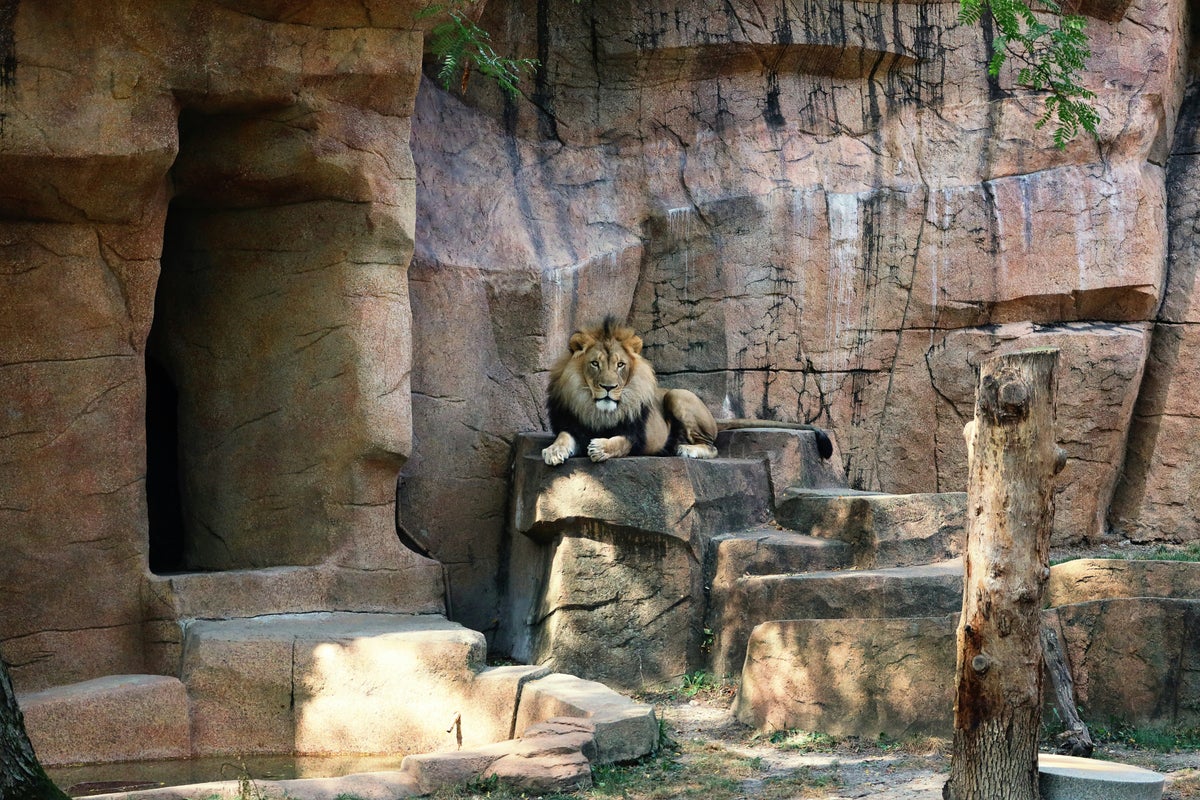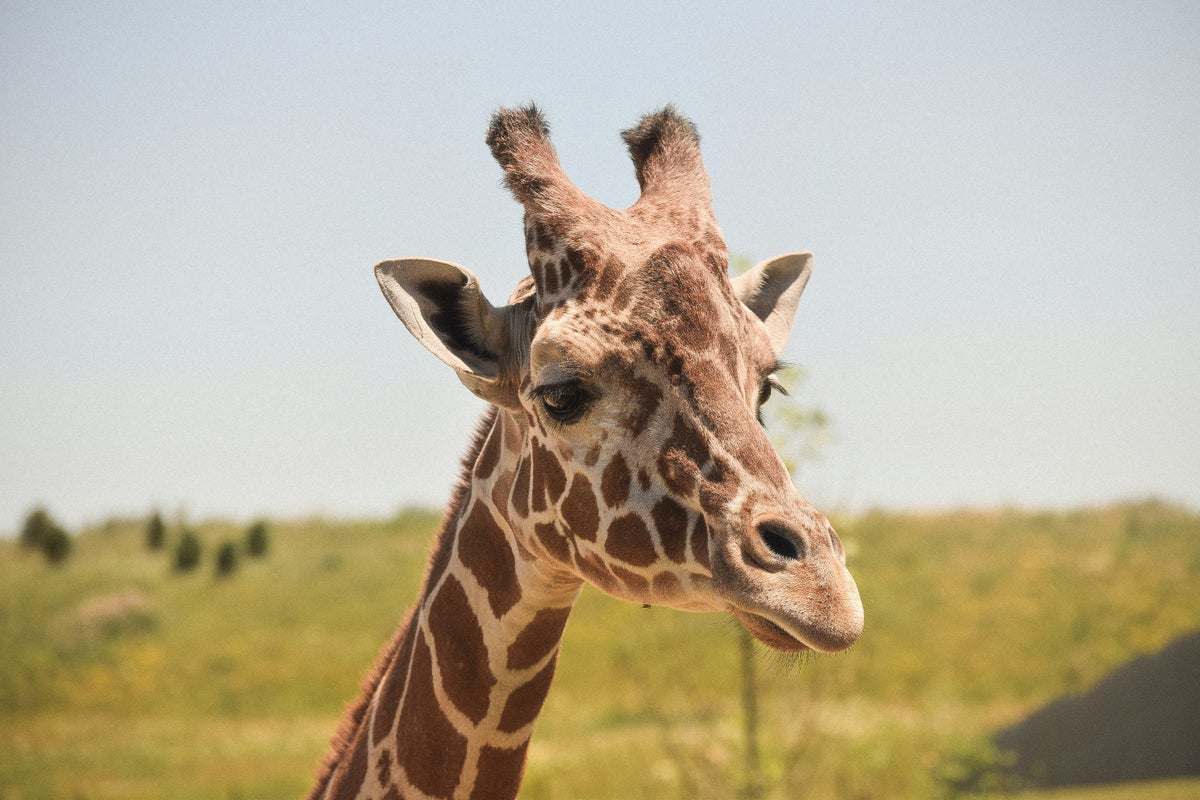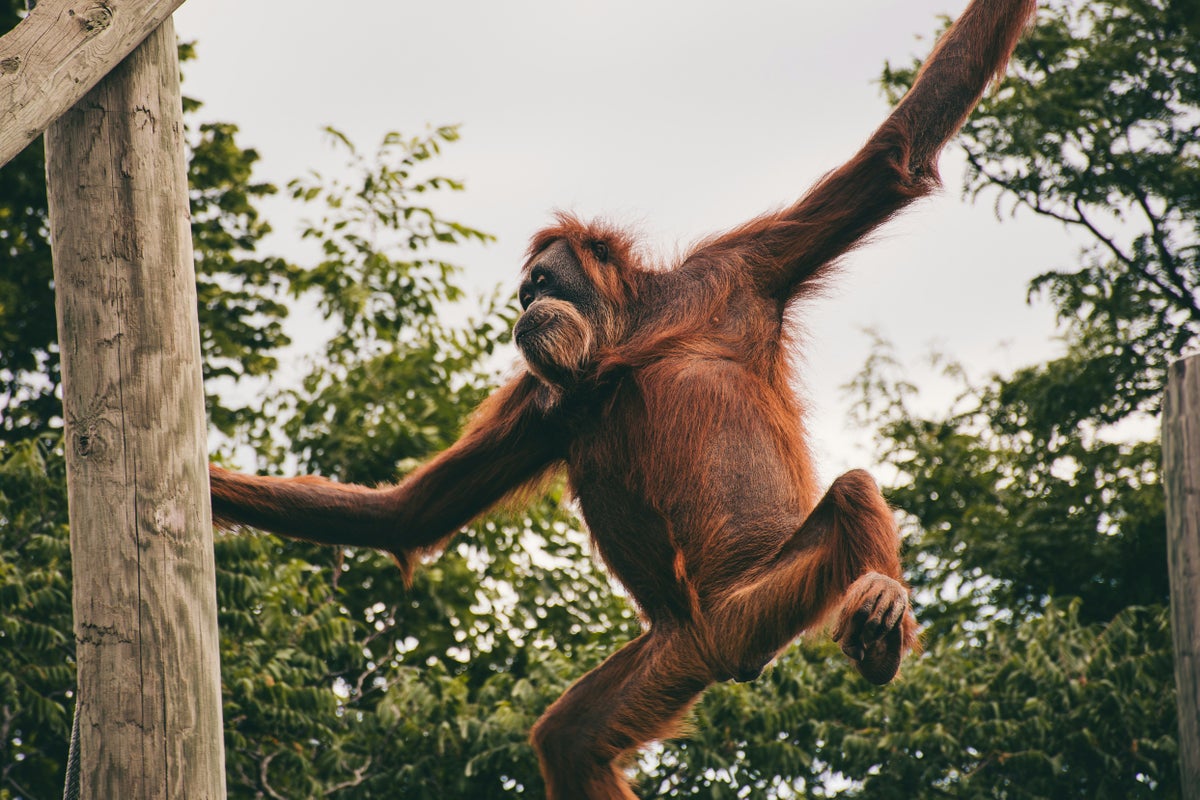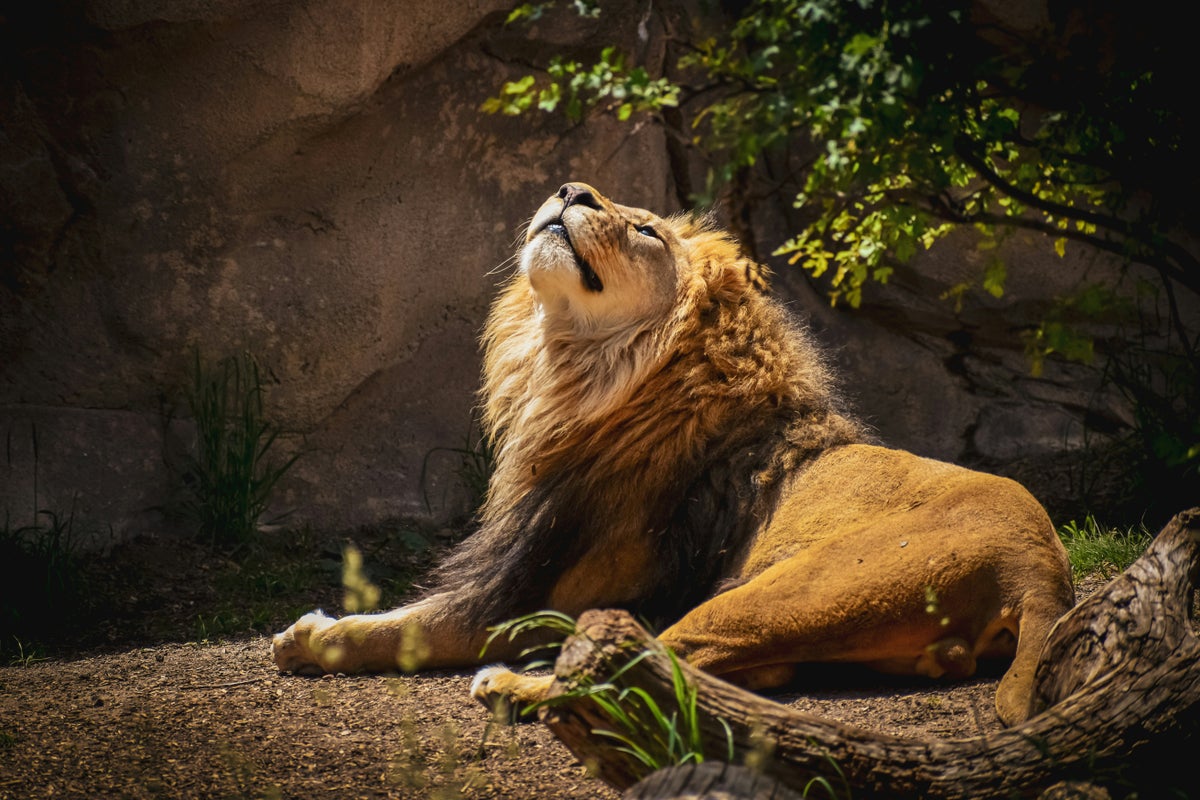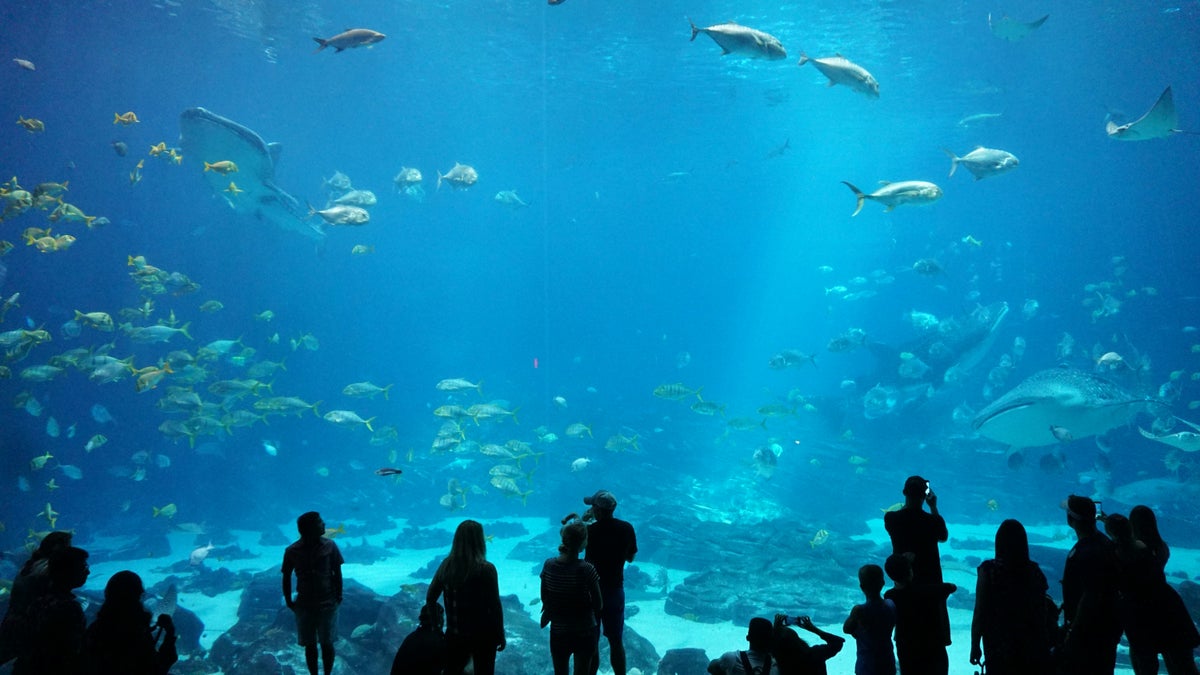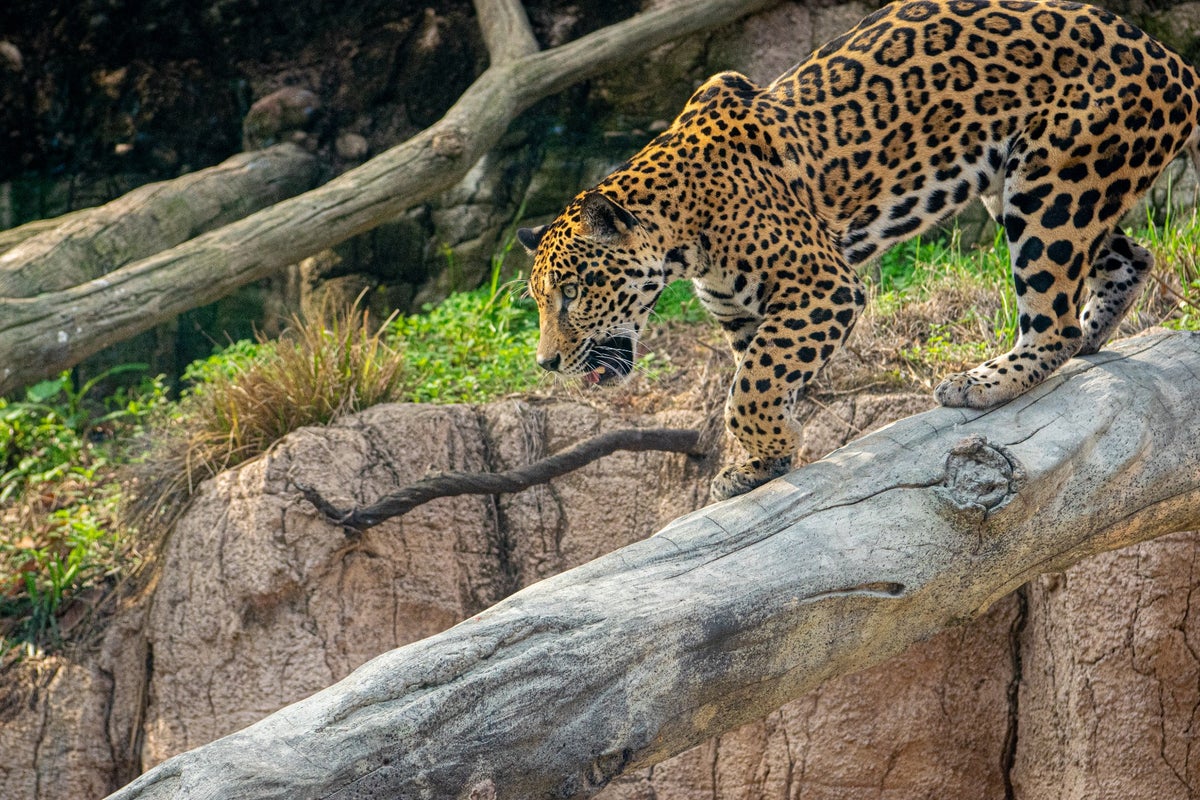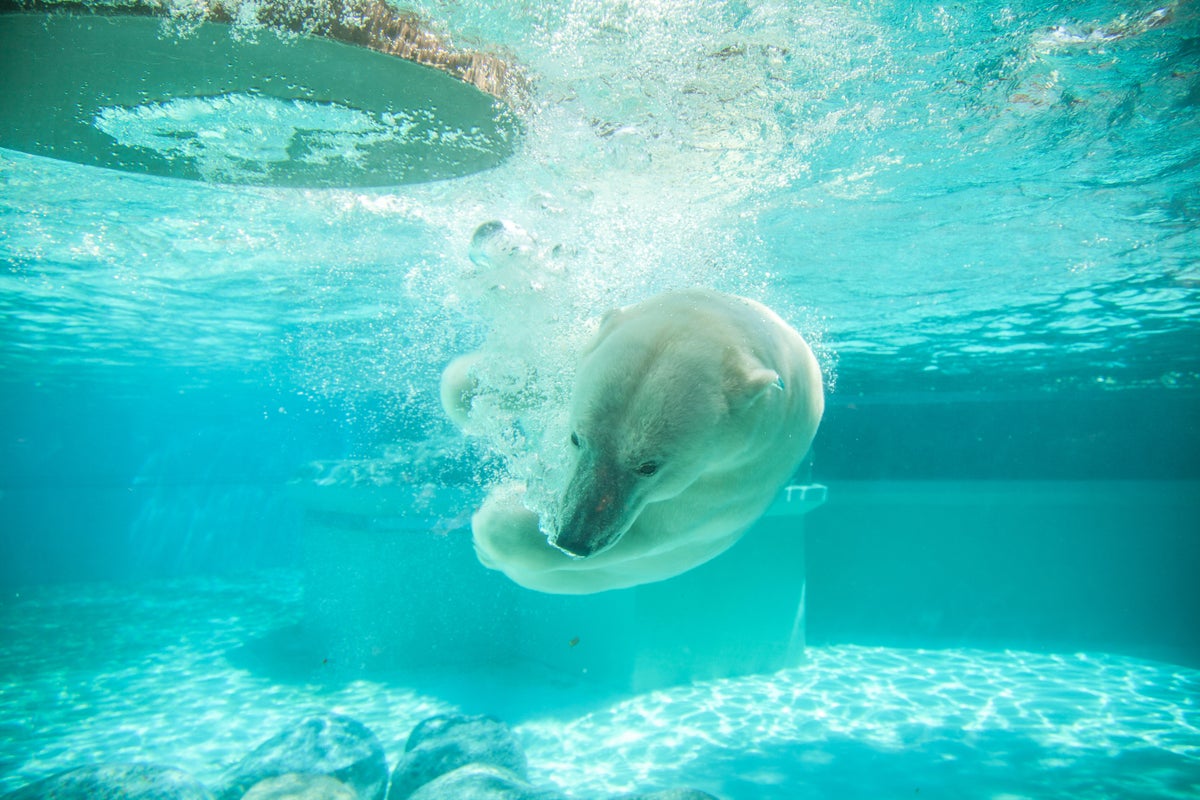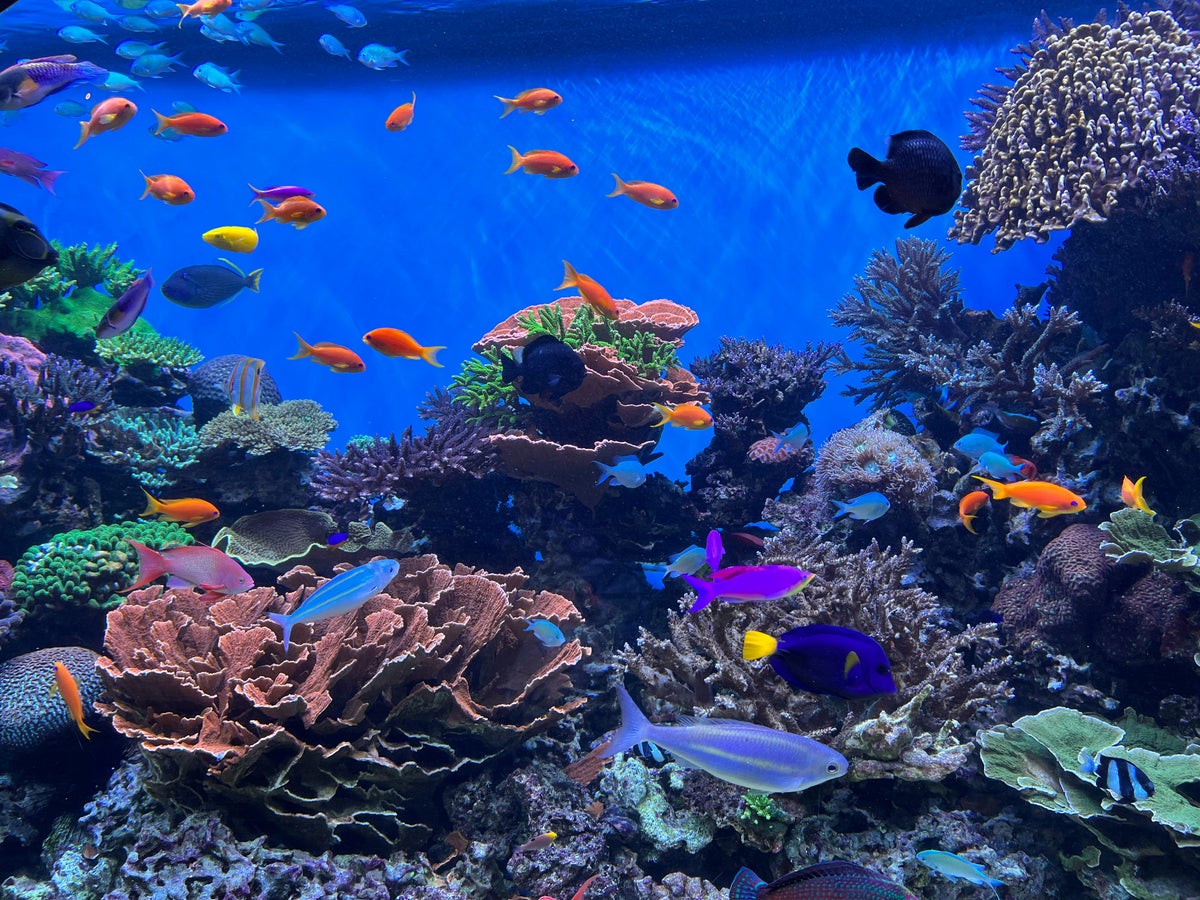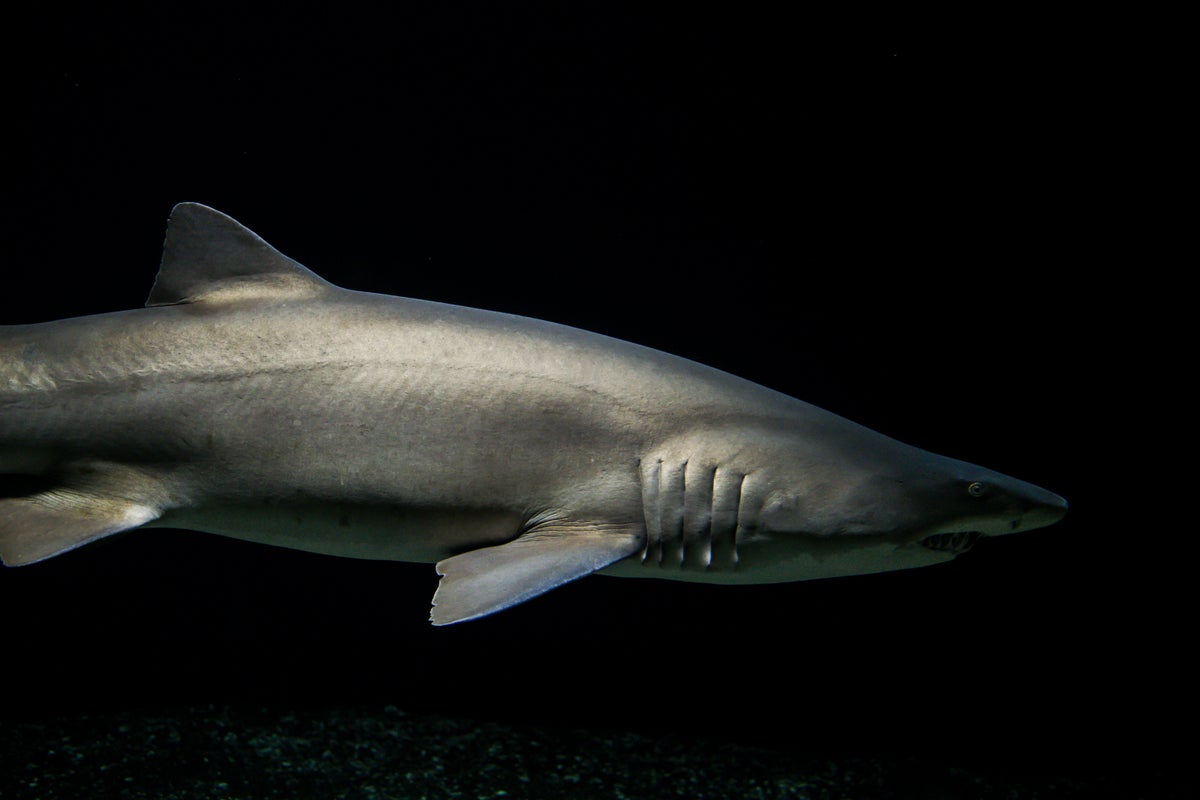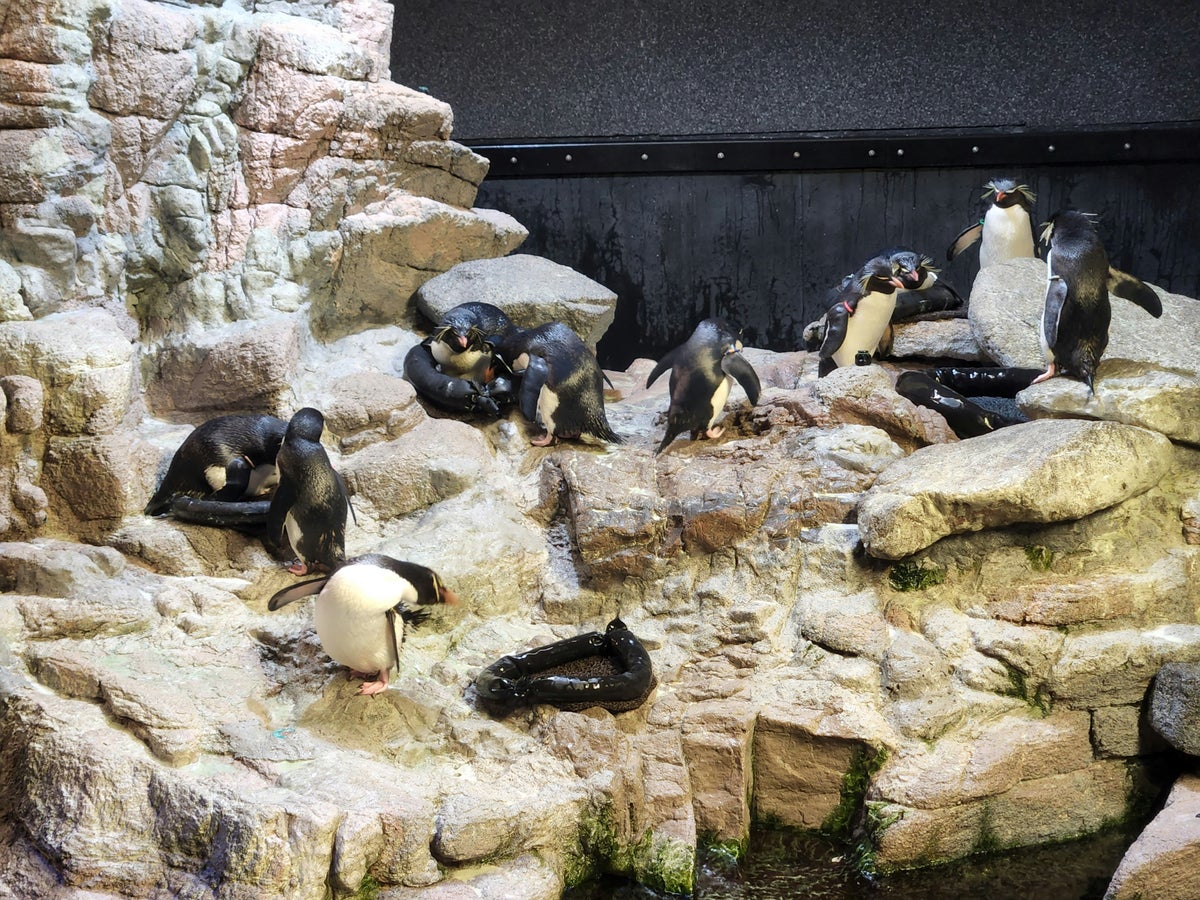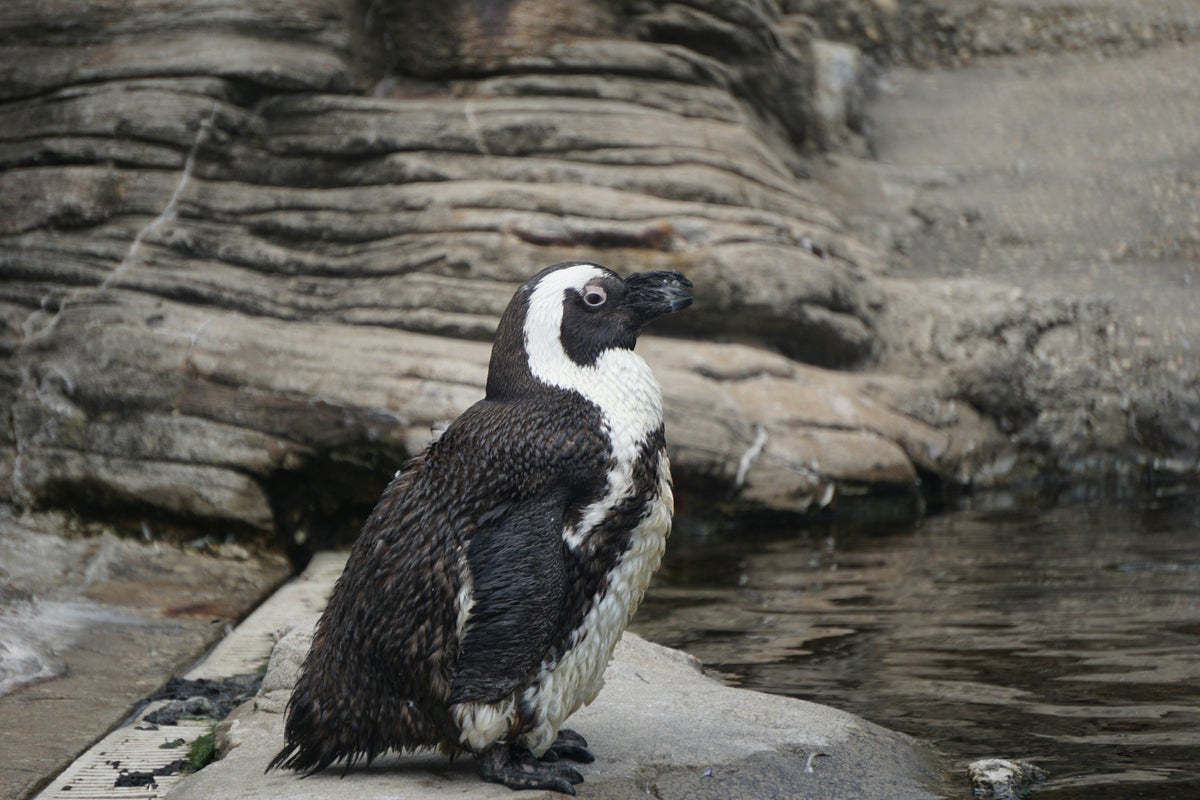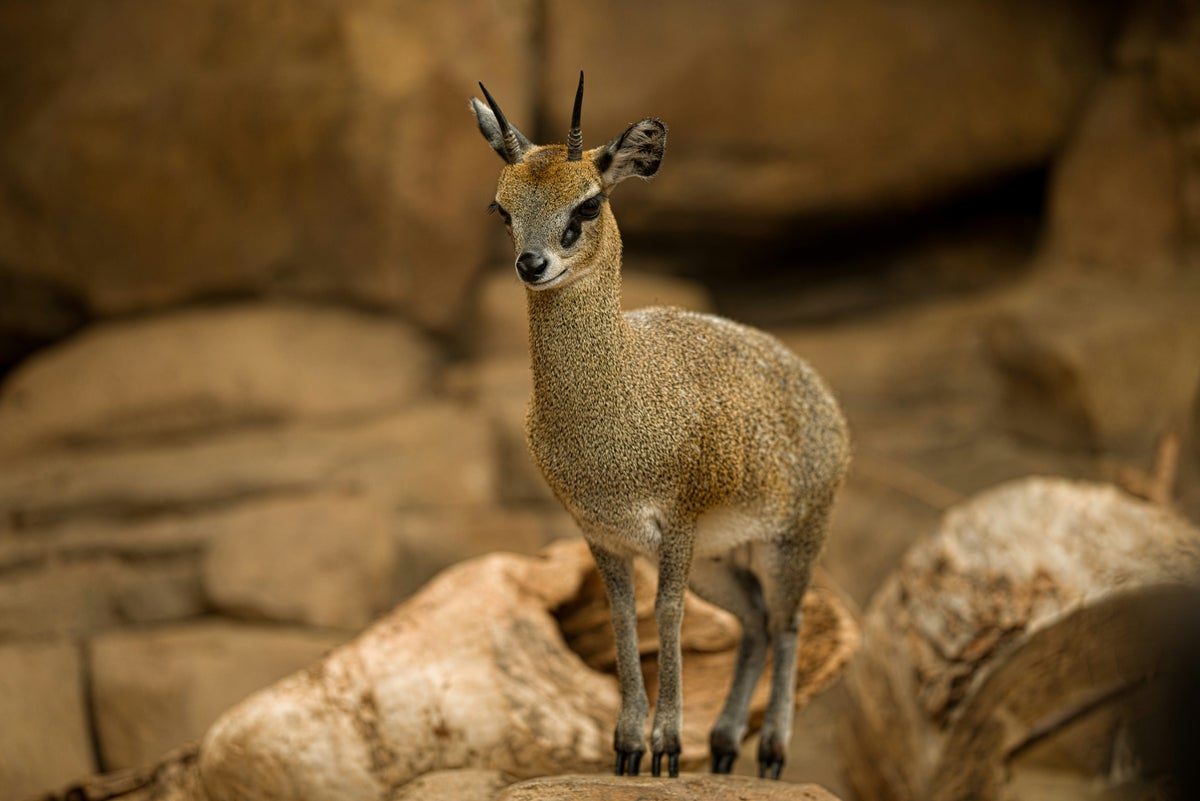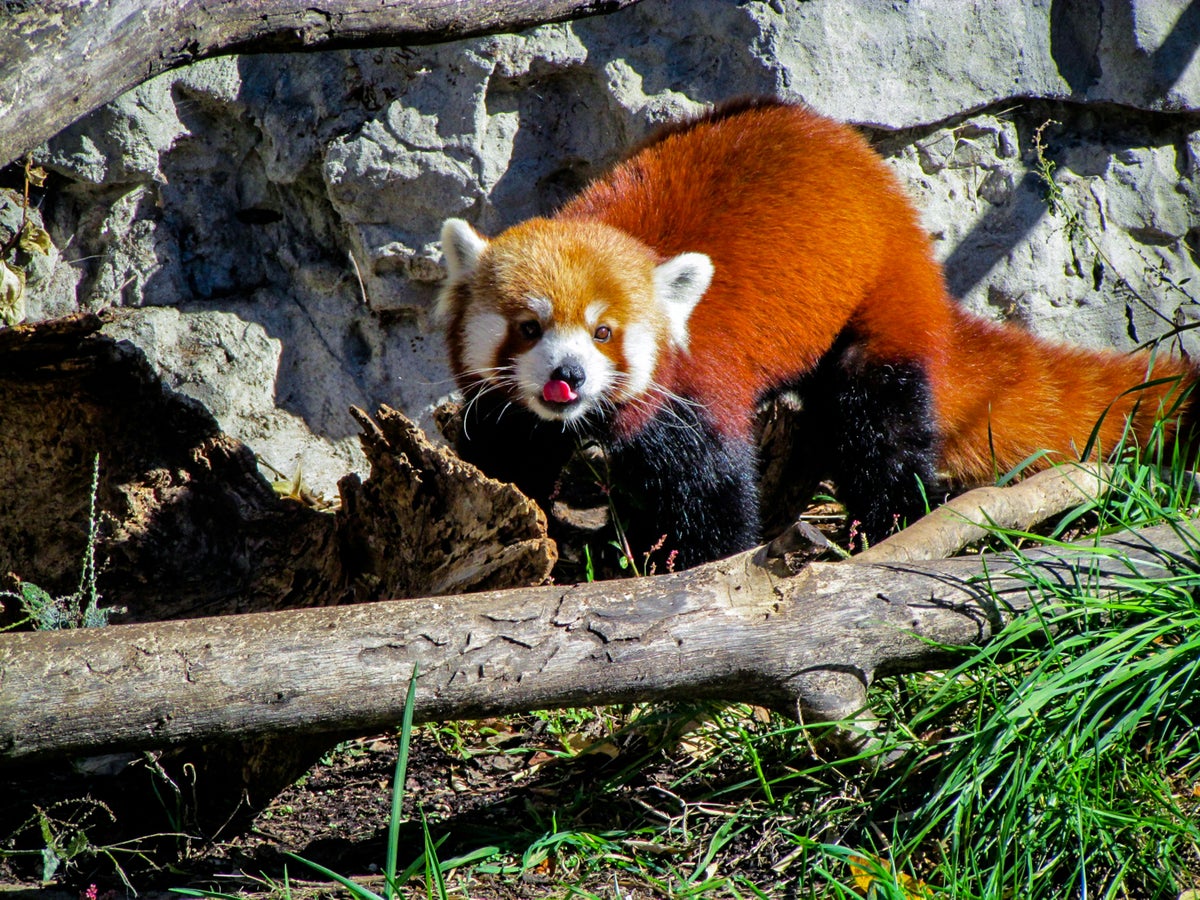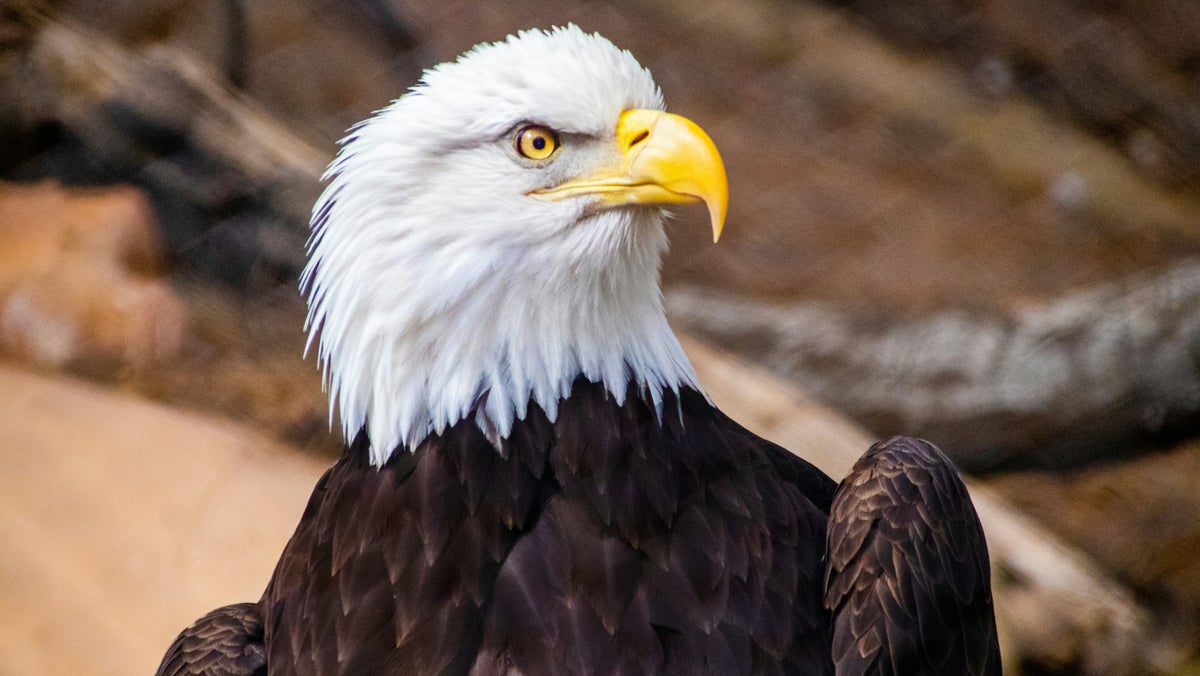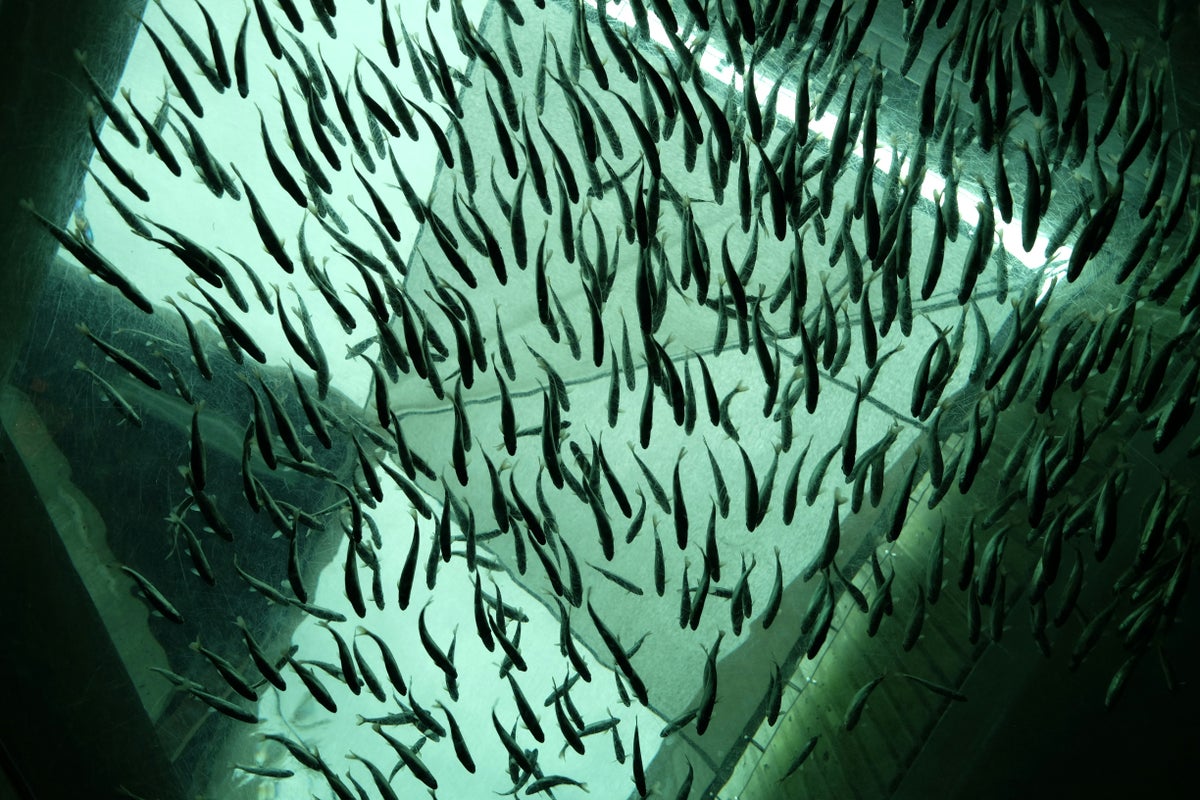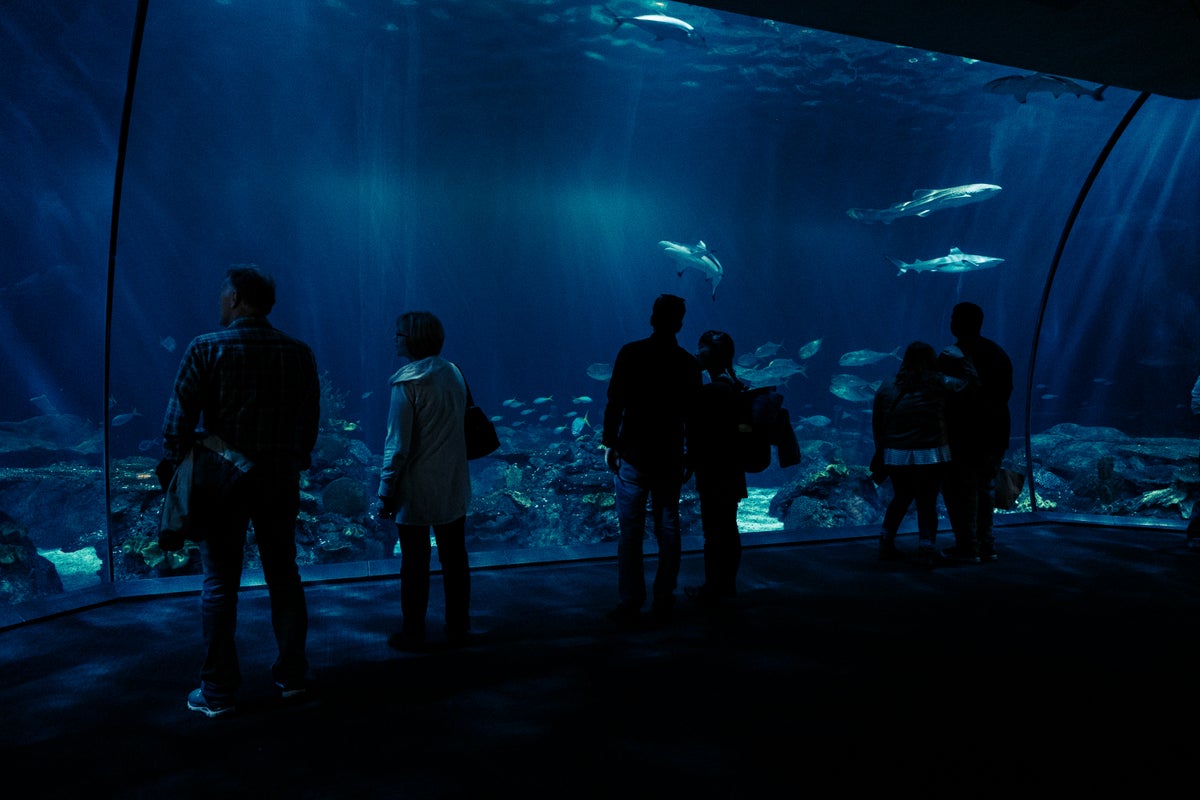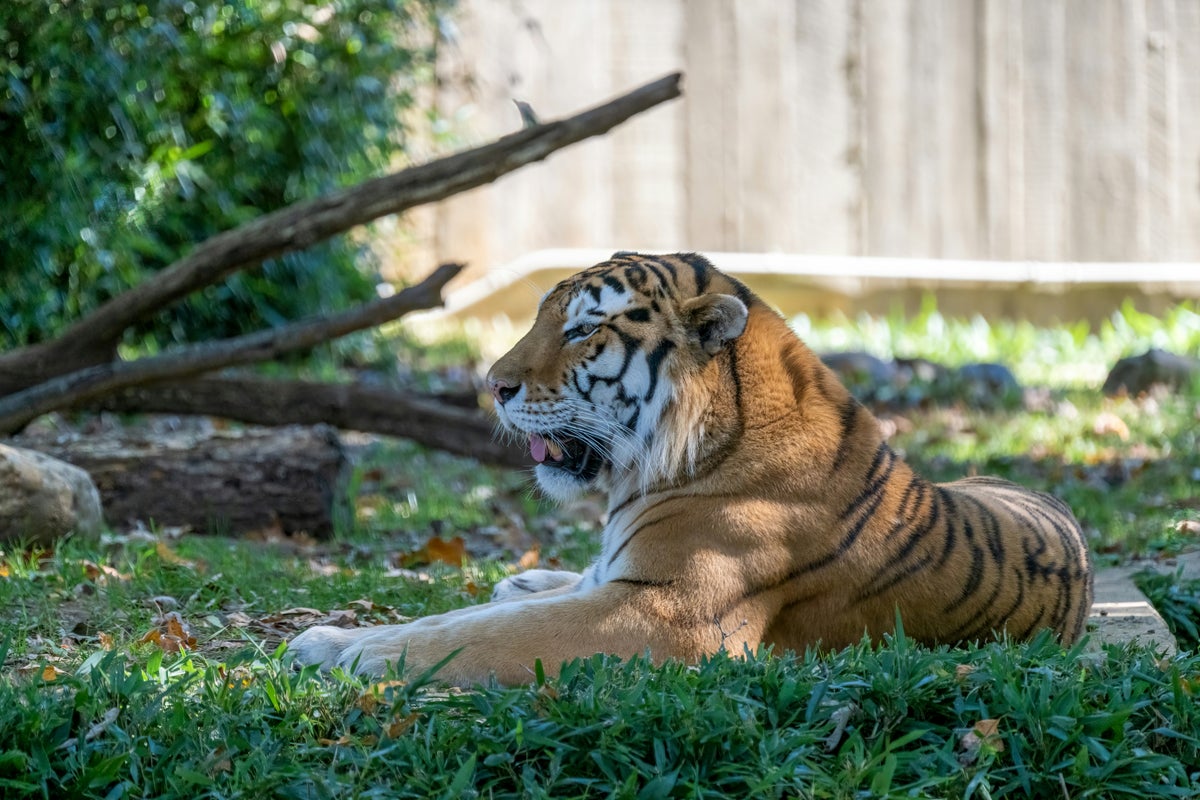Amar Hussain
Senior Content Contributor
787 Published Articles
Countries Visited: 63U.S. States Visited: 9
Amar is an avid traveler and tester of products. He has spent the last 13 years traveling all 7 continents and has put the products to the test on each of them. He has contributed to publications incl...
Edited by: Jessica Merritt
Jessica Merritt
Editor & Content Contributor
88 Published Articles 499 Edited Articles
Countries Visited: 4U.S. States Visited: 23
A long-time points and miles student, Jessica is the former Personal Finance Managing Editor at U.S. News and World Report and is passionate about helping consumers fund their travels for as little ca...
& Keri Stooksbury
Keri Stooksbury
Editor-in-Chief
35 Published Articles 3208 Edited Articles
Countries Visited: 47U.S. States Visited: 28
With years of experience in corporate marketing and as the executive director of the American Chamber of Commerce in Qatar, Keri is now editor-in-chief at UP, overseeing daily content operations and r...
![The 25 Best Zoos and Aquariums in the U.S. [2024]](https://upgradedpoints.com/wp-content/uploads/2024/04/Best-Zoos-and-Aquariums-in-the-U.S..jpg?auto=webp&disable=upscale&width=1200)
